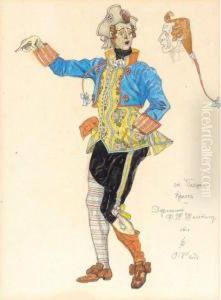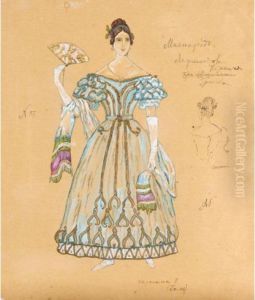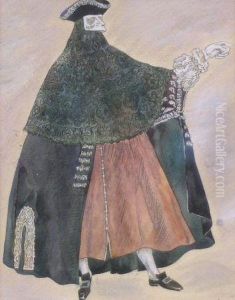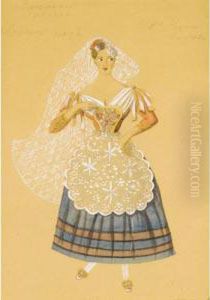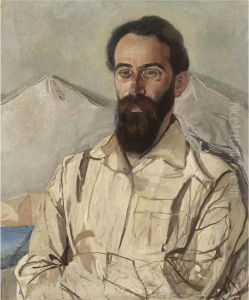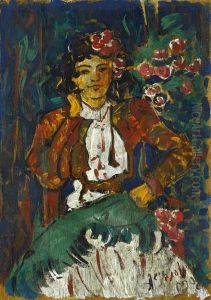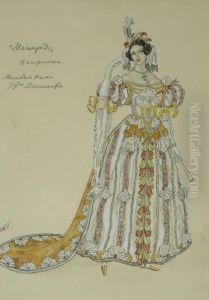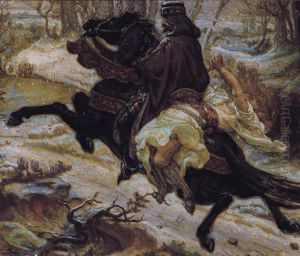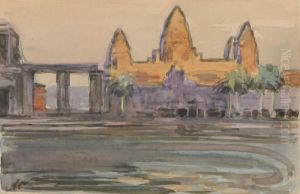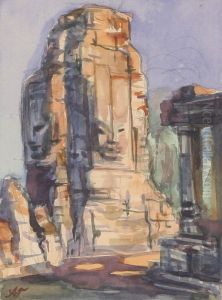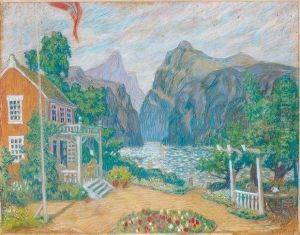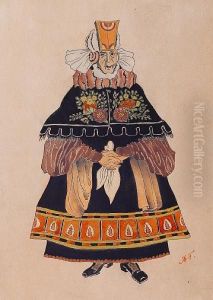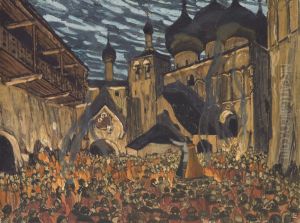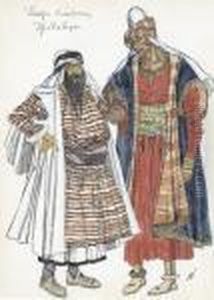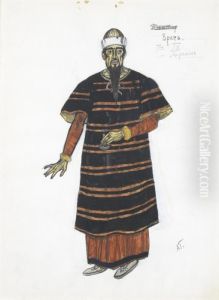Alexander Yakovlev. Golovin Paintings
Alexander Evgenievich Yakovlev, also known by the pseudonym Alexander Golovin, was a notable Russian painter and stage designer closely associated with the Russian avant-garde and theatrical arts. Born on April 2, 1880, in Saint Petersburg, Russia, Yakovlev showed an early interest in art, leading him to study at the Imperial Academy of Arts in his hometown. His education at the Academy, where he was influenced by classical and contemporary art, honed his skills and established his foundation in the arts.
During his career, Yakovlev became well-known for his involvement in theater, particularly for his innovative and exotic stage designs which were often inspired by his travels. He was a part of the Mir Iskusstva (World of Art), an influential art movement and magazine in Russia that aimed to bridge Russian and European art, promoting an artistic philosophy that was in contrast to the realism predominant in Russian art at the time.
Yakovlev's work extended beyond stage design to include painting, where his style was characterized by a blend of realism and symbolist influences. He was particularly fascinated by the cultures of North Africa and Asia, regions he visited during his travels. These experiences enriched his palette and subject matter, leading to a series of works that captured the essence of the East with a unique blend of realism and poetic imagination.
Despite his artistic achievements, Yakovlev's life and career were not without challenges. The Russian Revolution of 1917 and the subsequent changes in Russia's cultural and political landscape profoundly affected him. Like many of his contemporaries, he navigated the complexities of this period, which influenced the themes and expressions in his art.
Alexander Yakovlev died on May 15, 1938, leaving behind a legacy that captured a fascinating blend of Russian and Eastern influences. His contributions to Russian art, particularly through his stage designs and paintings, remain significant, reflecting the broader artistic movements of his time and the cultural exchanges that shaped early 20th-century Russian art.
